Mobile phone capabilities are practically constantly moving forward, giving us a truly wide range of options today. In recent years, the greatest emphasis has been placed on performance, camera quality and battery life. While the first two segments are progressing by leaps and bounds, the endurance is not exactly the best. For the needs of smartphones, so-called lithium-ion batteries are used, the technology of which has practically not moved anywhere for a number of years. What's worse is that (probably) any improvement is nowhere in sight.
It could be interest you

The battery life of mobile phones is therefore shifting due to other reasons, which certainly do not include battery improvements per se. It is primarily about more economical cooperation between the operating system and hardware or the use of larger batteries. On the other hand, these can have a negative impact on the dimensions and weight of the device. And here we run into the problem - a shift in performance, cameras and the like obviously requires more "juice", which is why manufacturers have to focus very carefully on overall efficiency and economy so that the phones at least last a little. A partial solution to the problem has become the possibility of fast charging, which has been gaining more and more popularity in recent years and is also gradually getting faster.
Fast charging: iPhone vs Android
Apple phones currently support fast charging of up to 20W, from which Apple promises a charge from 0 to 50% in just 30 minutes. However, in the case of competing phones with the Android operating system, the situation is even more pleasant. For example, the Samsung Galaxy Note 10 was sold with a 25W adapter as standard, but you could buy a 45W adapter for the phone, which could charge the phone from 30 to 0% in the same 70 minutes. Apple generally lags behind its competition in this field. For example, the Xiaomi 11T Pro offers the quite unimaginable 120W Xiaomi HyperCharge charging, capable of charging to 100% in just 17 minutes.
In this direction, we also encounter a long-standing question to which many people still do not know the answer. Does fast charging damage the battery itself or reduce its lifespan?
The effect of fast charging on battery life
Before we get to the actual answer, let's first quickly explain how charging actually works. It's no secret that it's best to only charge up to 80%. In addition, when charging overnight, for example, such iPhones will first charge to this level, while the rest will be drained just before you get up. Of course, this has its justification. While the beginning of charging is practically problem-free, it is at the end that the battery is most strained.
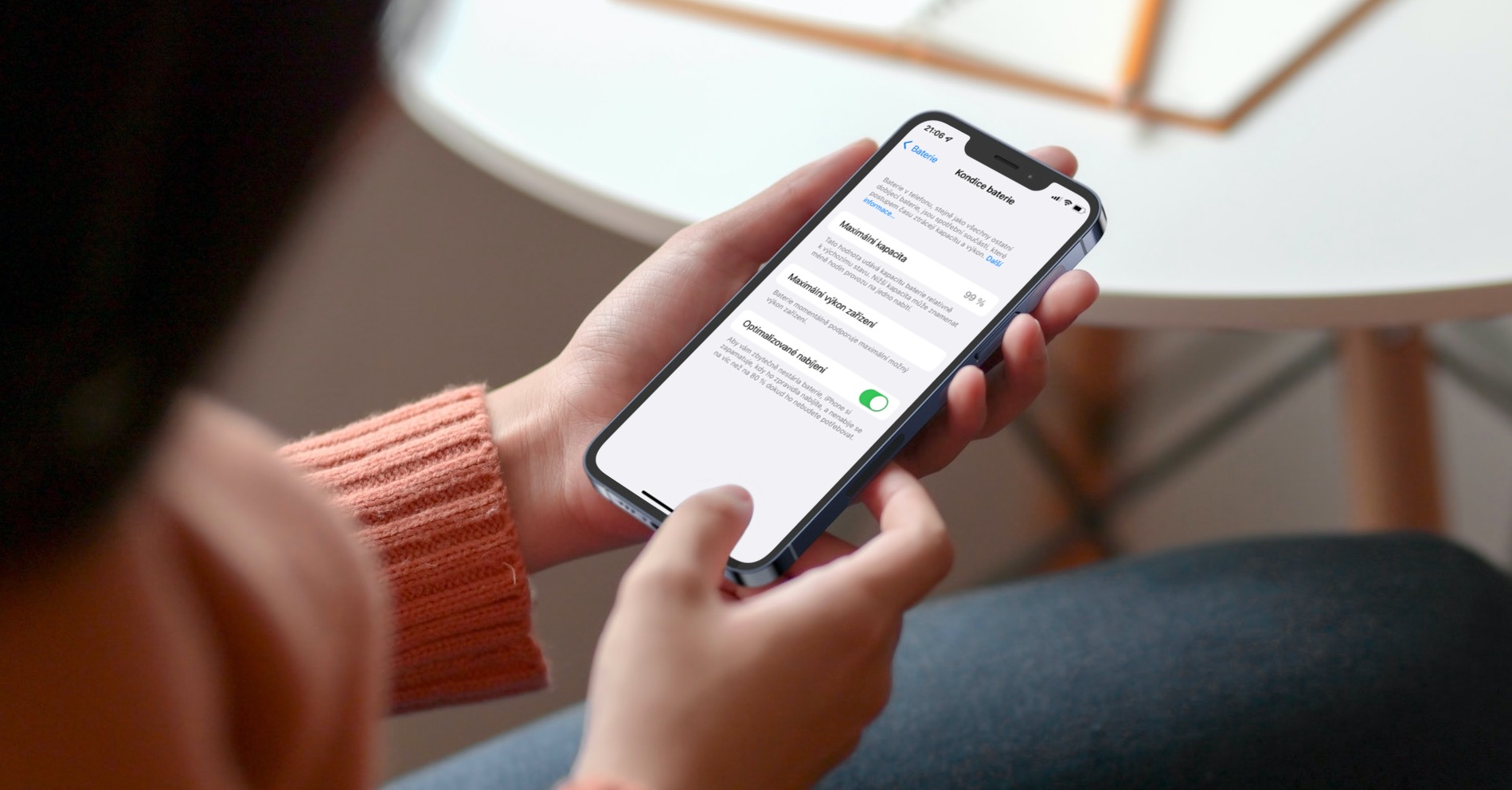
This is generally also true for fast charging, which is why manufacturers can charge at least half of the total capacity relatively quickly in the first 30 minutes. In short, it doesn't matter in the beginning, and the battery is not destroyed in any way, nor does it reduce its lifespan. Expert Arthur Shi from iFixit compares the whole process to a kitchen sponge. Rebuild a completely dry sponge in larger dimensions, immediately pouring water on it. While dry, it can absorb a lot of water quickly and efficiently. Subsequently, however, there is a problem with this and it cannot absorb additional water from the surface so easily, which is why it is necessary to add it slowly. This is exactly what happens with batteries. After all, this is also the reason why it takes so long to charge the last percent - as mentioned above, the battery as such is the most strained in this case, and the remaining capacity needs to be topped up carefully.
Fast charging works exactly on this principle. First, at least half of the total capacity will be quickly charged, and then the speed will slow down. In this case, the speed is adjusted so as not to damage or reduce the overall life of the accumulator.
Is Apple betting on faster fast charging?
In the end, however, a rather interesting question is offered. If fast charging is safe and doesn't reduce battery life, why doesn't Apple invest in more powerful adapters that could speed up the process even more? Unfortunately, the answer is not entirely clear. Although we mentioned above that, for example, competitor Samsung supported 45W charging, so that is no longer the case today. Its flagships will offer a maximum of "only" 25 W, which will probably be the same for the expected Galaxy S22 series. In all likelihood, this unofficial border will have its justification.
It could be interest you
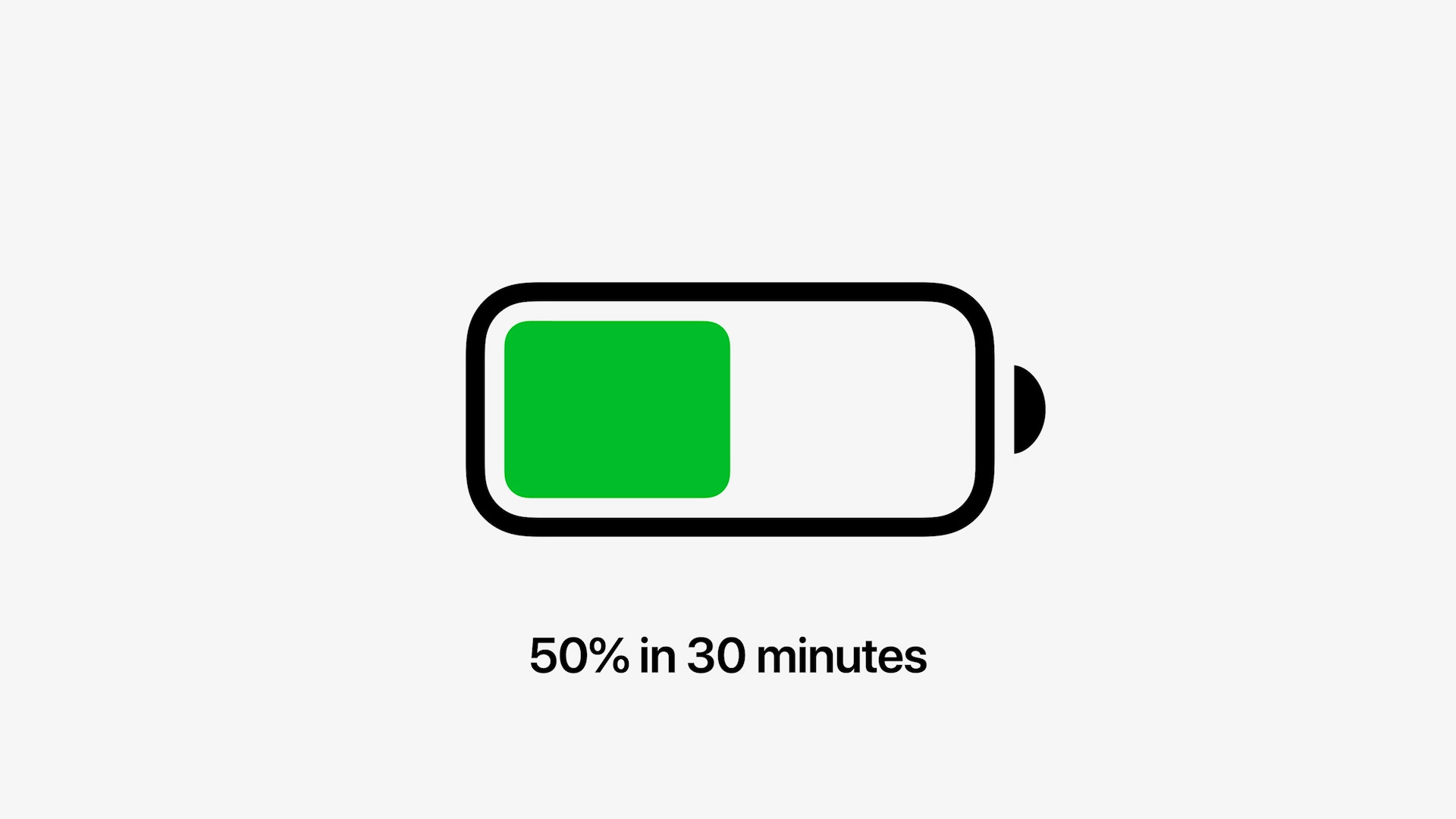
Chinese manufacturers bring a slightly different perspective on it, with Xiaomi being a great example. Thanks to its 120W charging, it is able to fully charge the device in less than 30 minutes, which significantly changes the existing imaginary rules of the game.
 Adam Kos
Adam Kos 


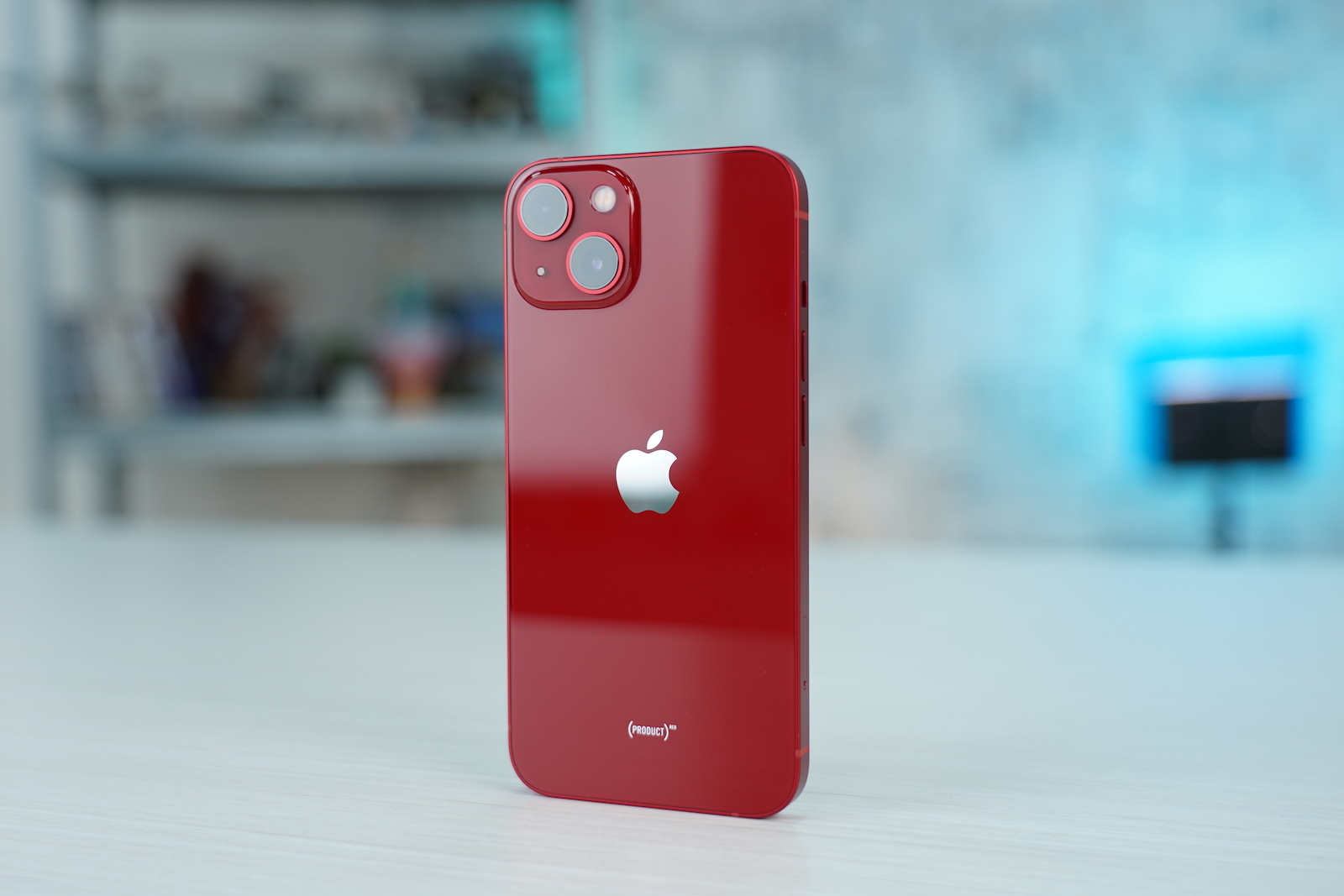
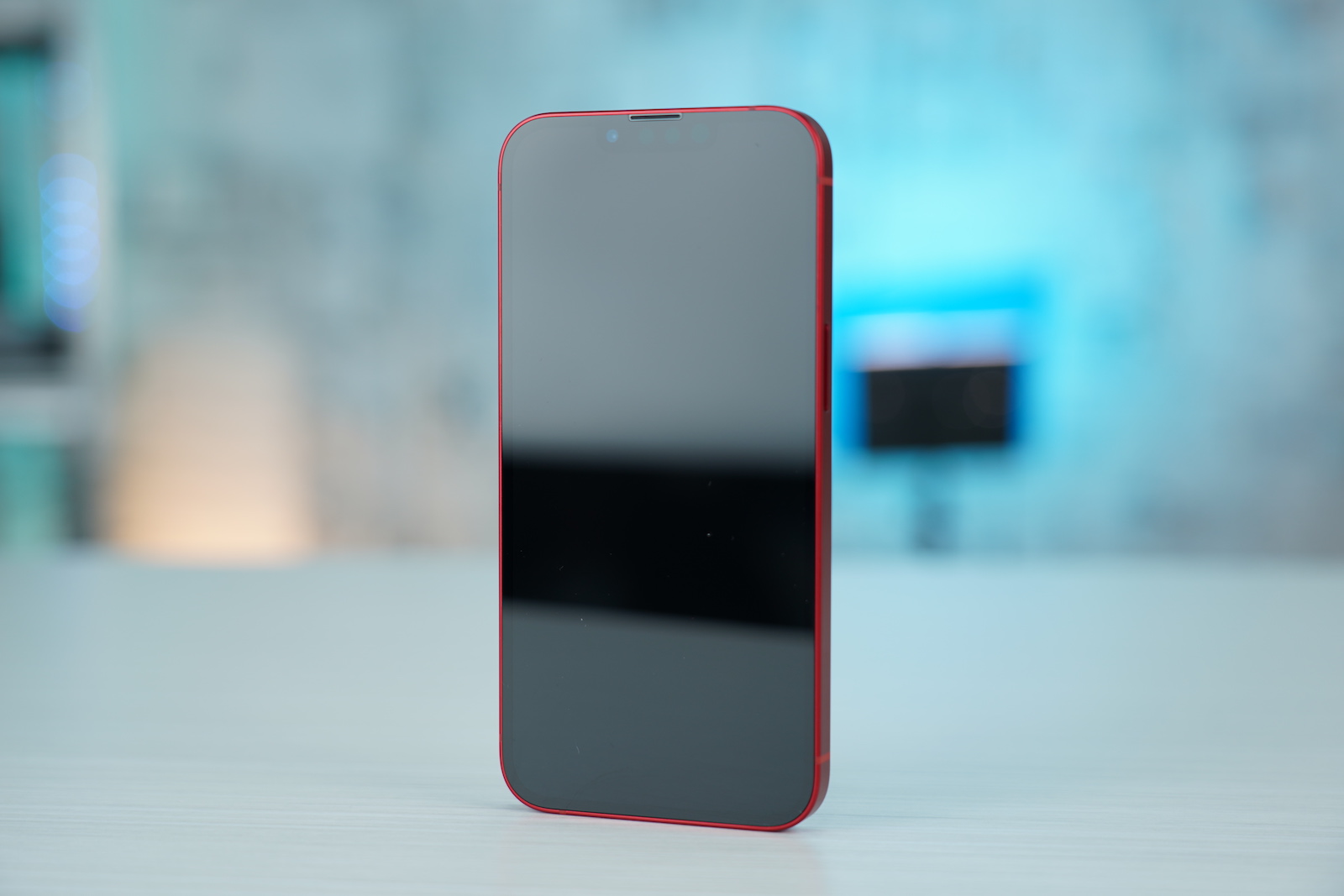
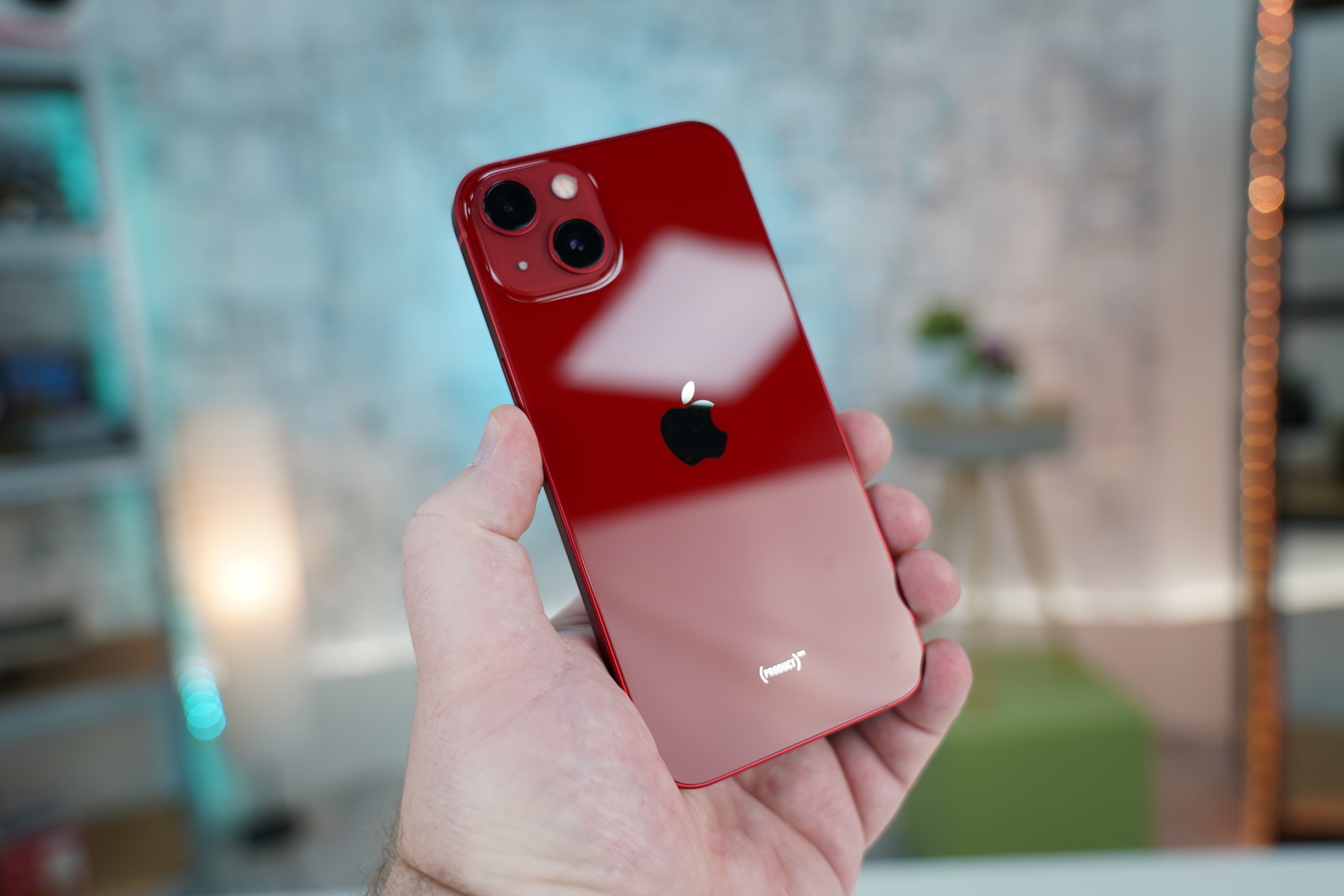
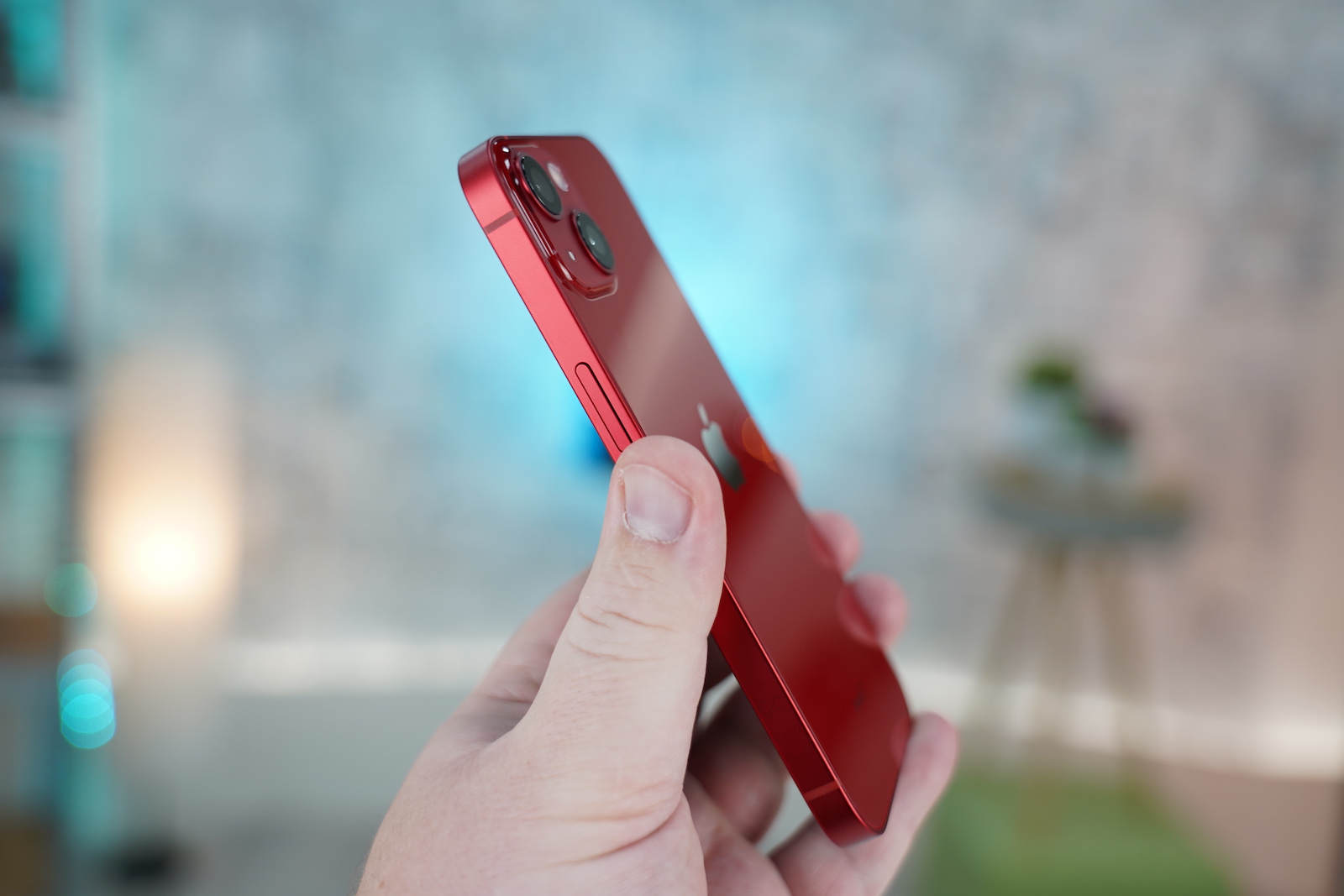
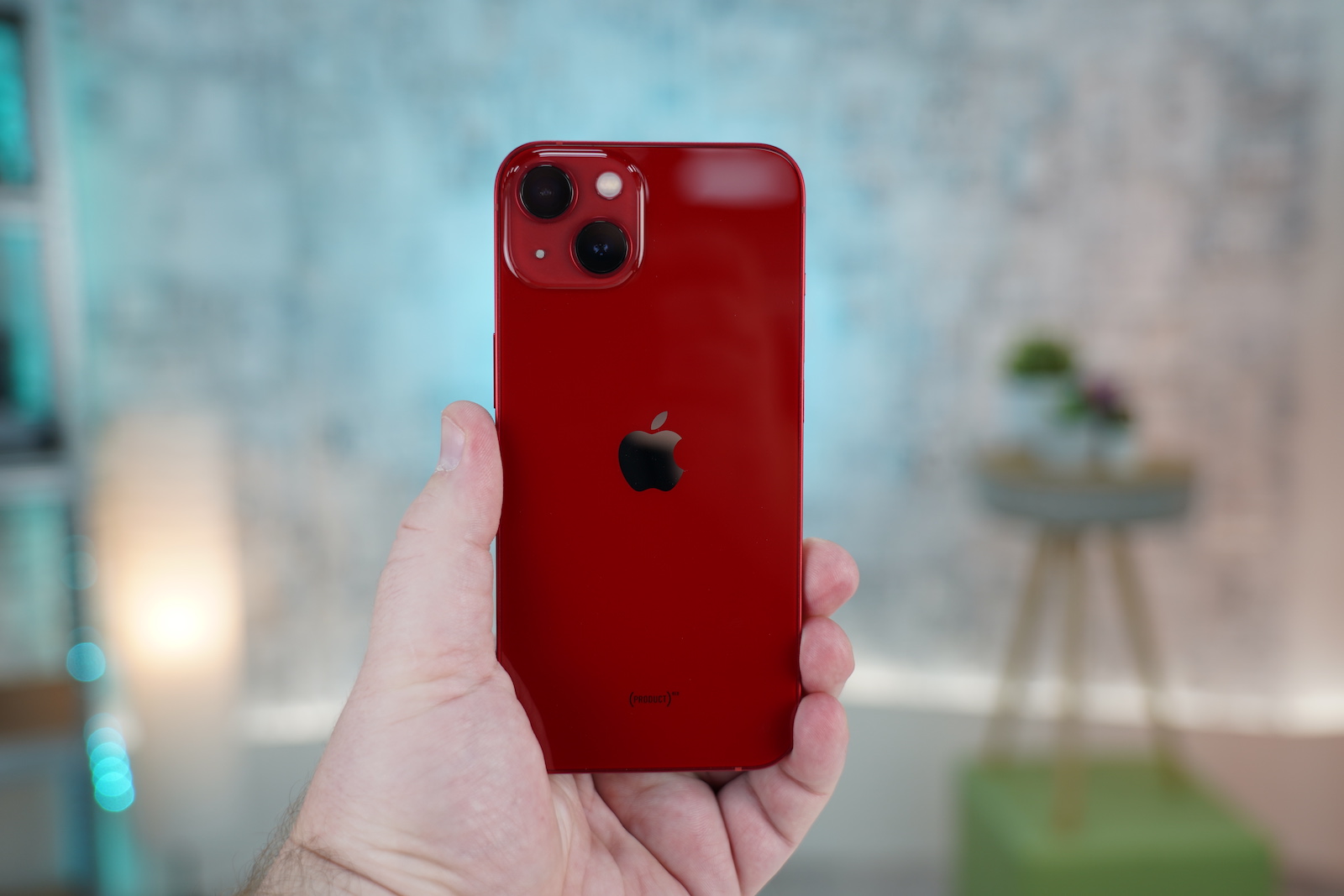
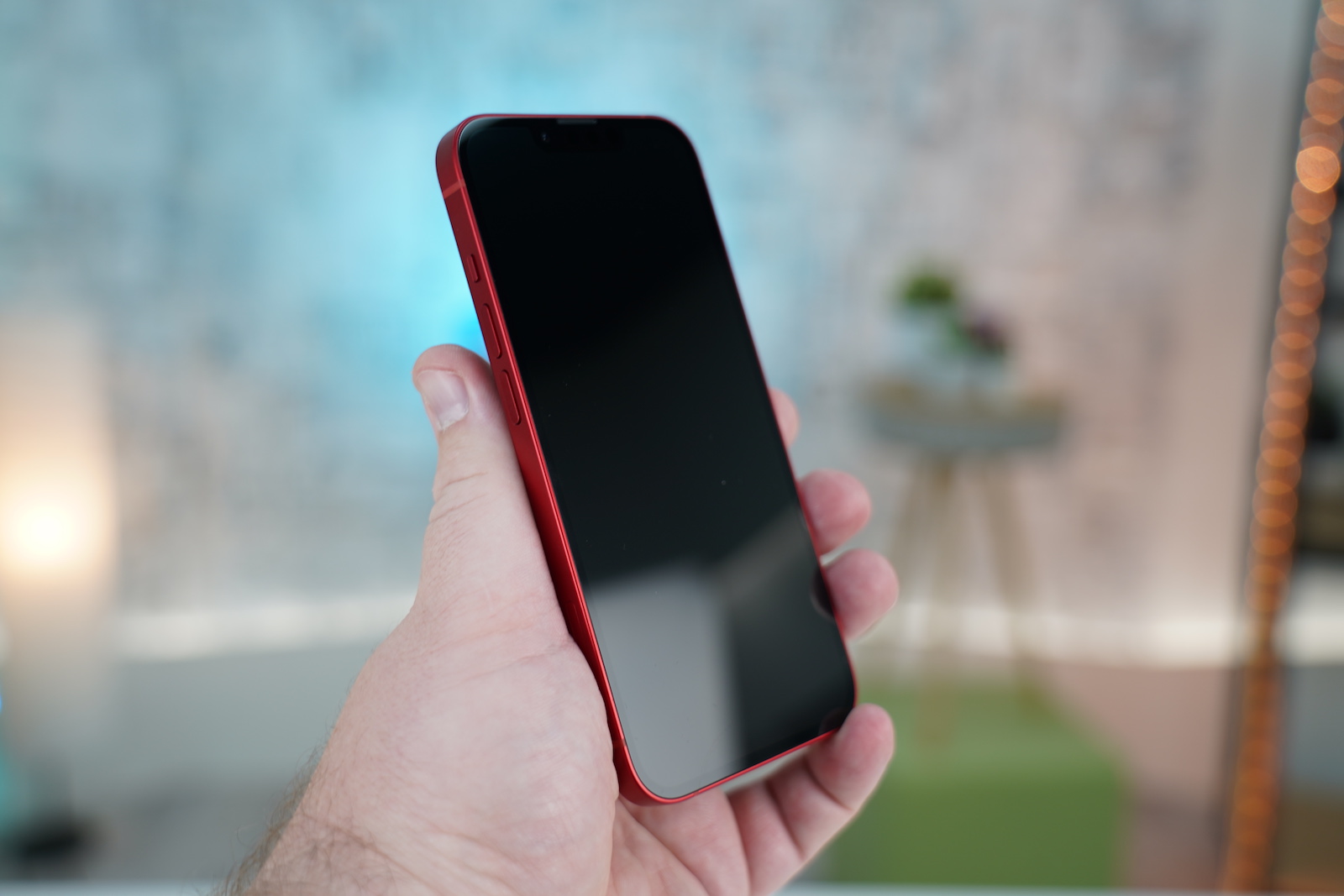
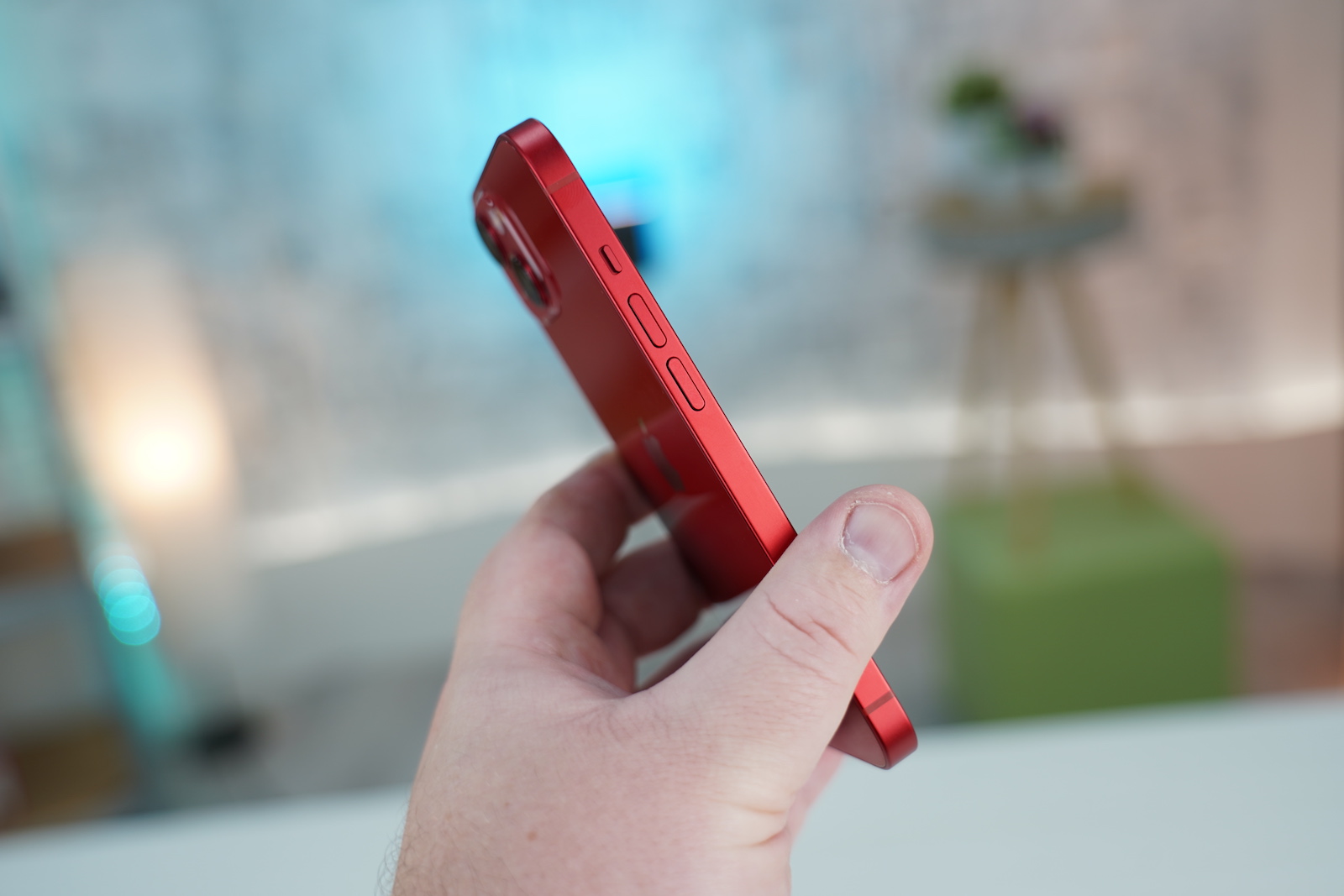
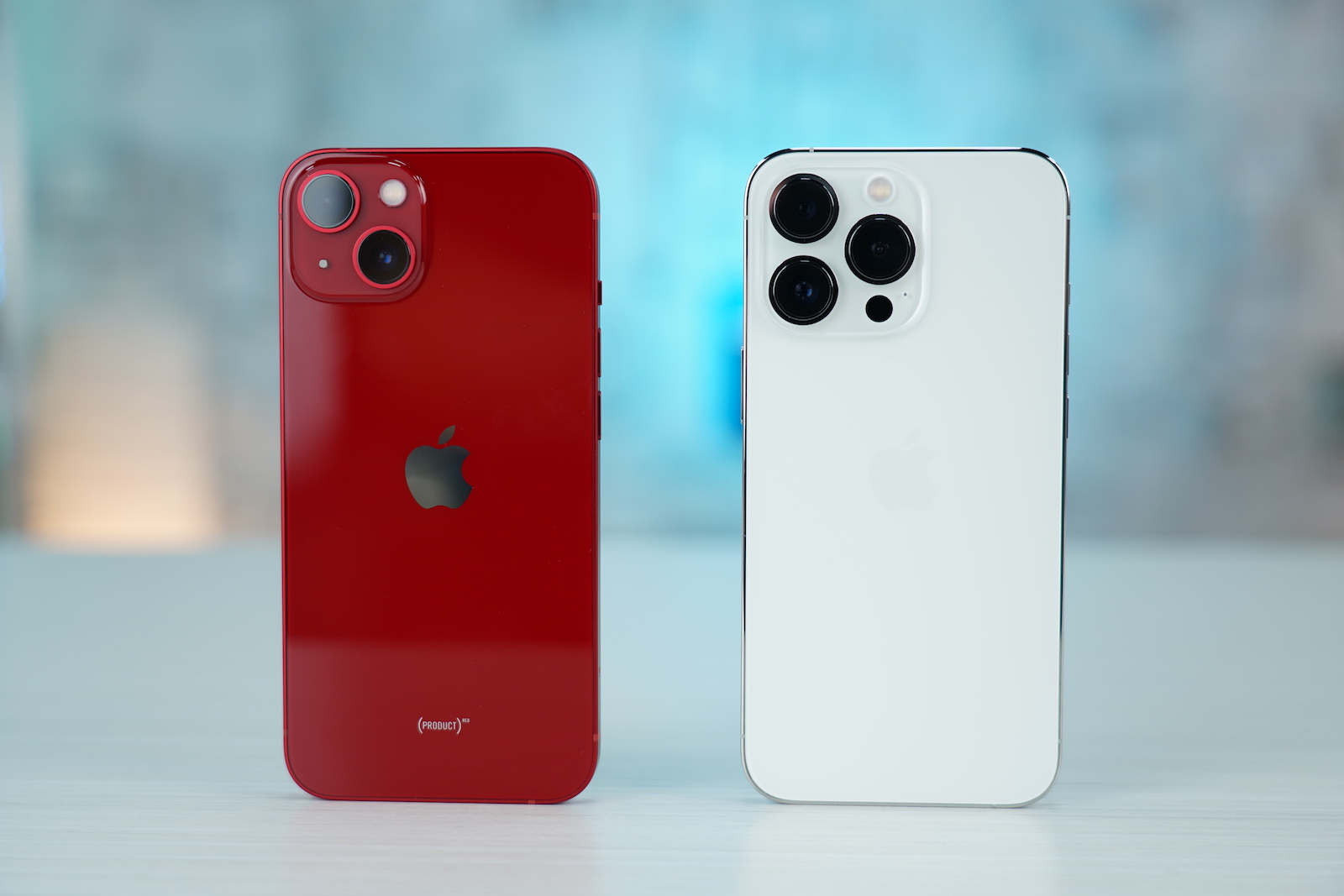
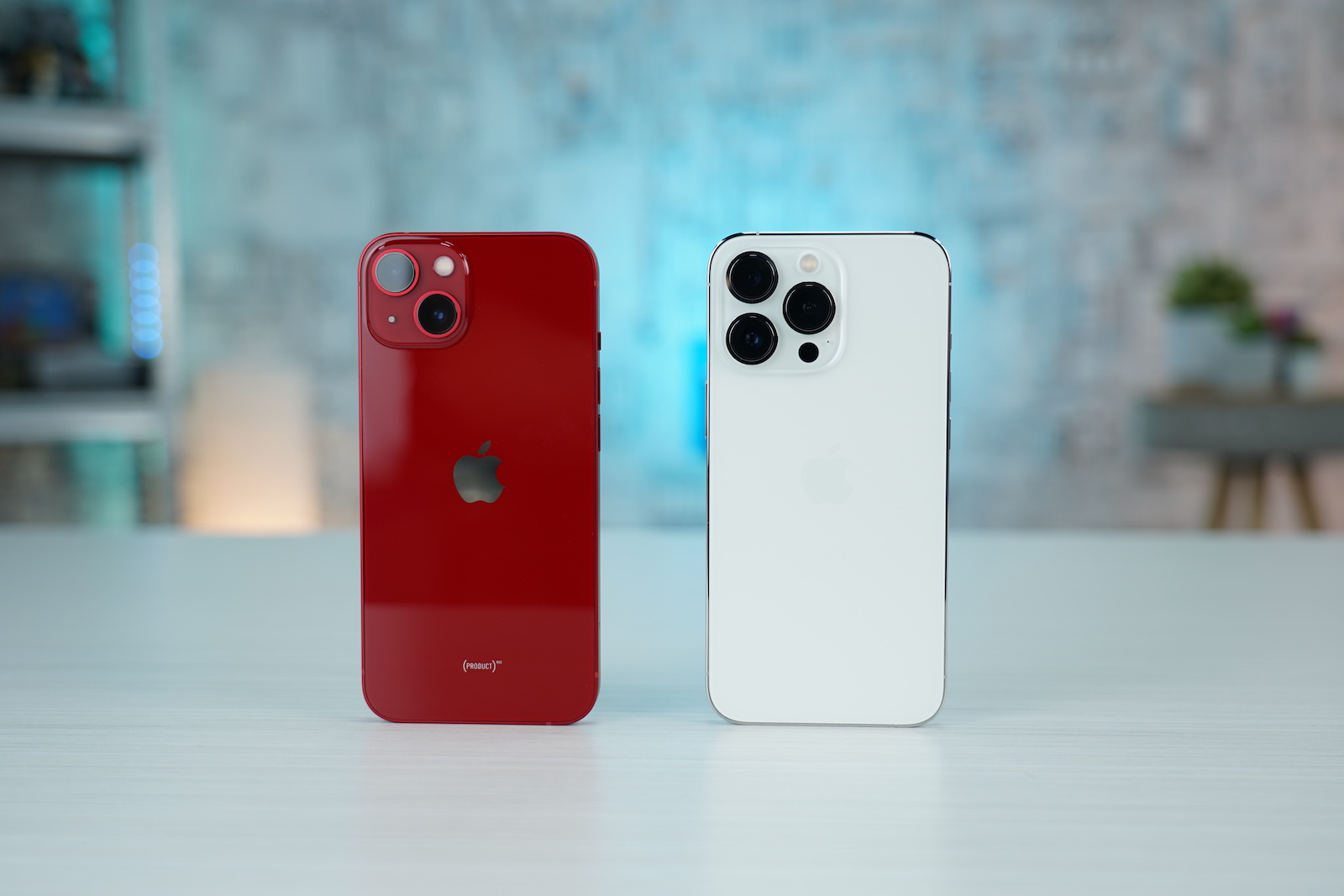
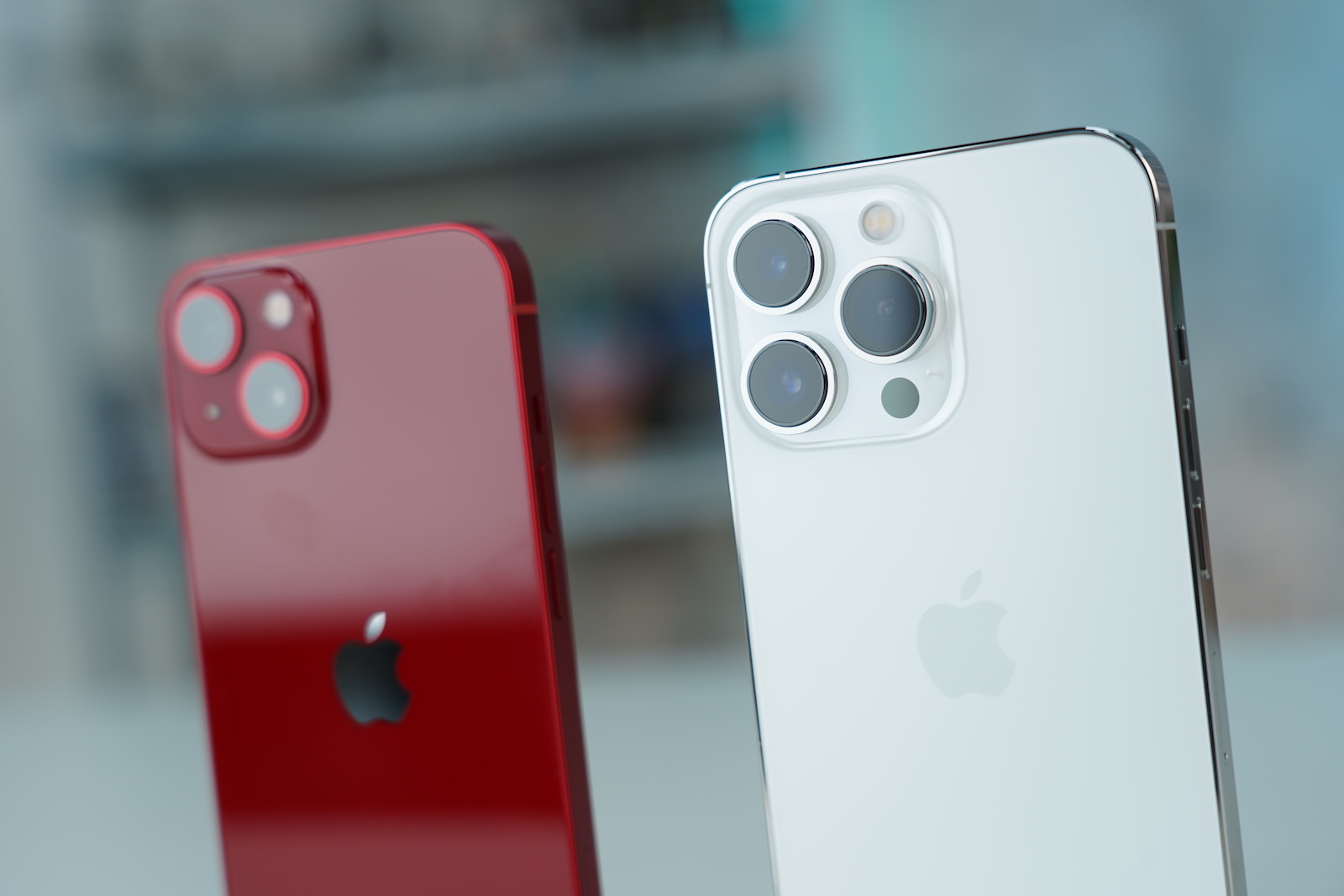
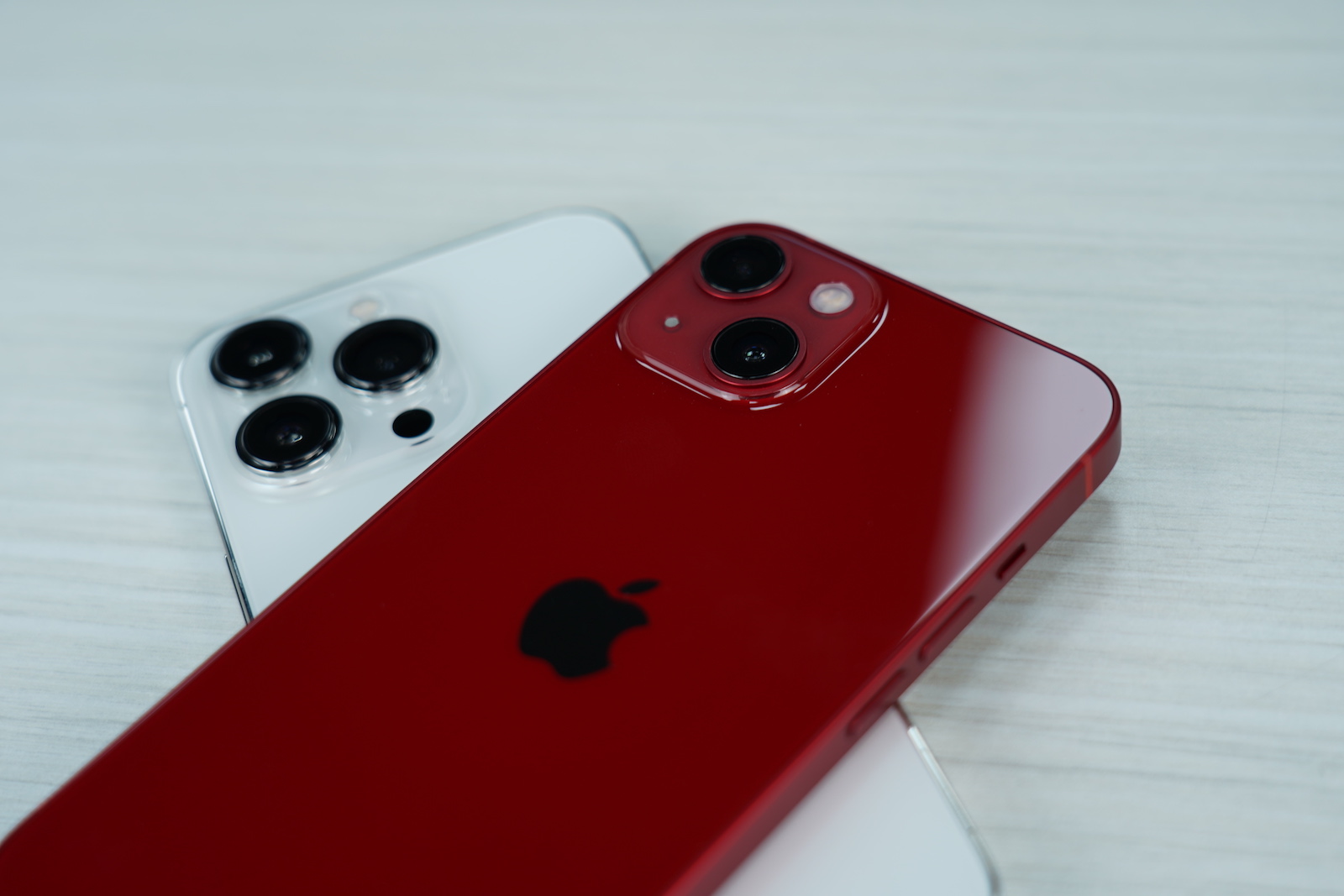
I waited for tests and nothing. Hypothetical article about nothing.☹️
Exactly, completely unnecessary article.
That's right, I didn't learn anything at all...
So what effect does fast charging have on battery life? Somehow I missed the answer to the question in the title.
And why can't we be sure about the safety of charging with Xiaomi models? Grinded…
Even though I have an ip12 for a 20w adapter, I still use 5w and I'm not at all interested in any fast chargers.
I've been using a phone with 65W charging for a year and so far so good
I had an Honor 6x and after two years of normal charging, everything was fine. Then came the fast chargers and I destroyed it. Twice I needed to conquer quickly and he was in pr…li. My display bulged. 😞 Only then did I look at the phone's specifications, where it is not allowed. Now I have a POCO M3 and so far so good. I'll see in two years.